
Cosmic Survey Cards
 |
| New York City: |
| |
| How Big? |
Land area (excluding water) is approximately 820 square kilometers (320 square miles) |
| How Far? |
Depends on location on Earth |
| How Old? |
New York was founded as a commercial trading post by the Dutch in 1624 |
|
 |
| Pyramids: |
| |
| How Big? |
Few hundred feet |
| How Far? |
Average distance from the United States is roughly 11,000 kilometers (7000 miles) |
| How Old? |
Approximately 4,000 years |
|
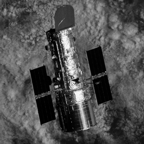 |
| Hubble Telescope: |
| |
| How Big? |
12 meters long (40 feet) |
| How Far? |
560 kilometers (350 miles) above the surface of the Earth |
| How Old? |
Launched into space in 1990 |
|
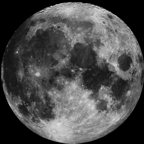 |
| Moon: |
| |
| How Big? |
3200 kilometers (2000 miles) in diameter |
| How Far? |
400,000 kilometers (250,000 miles) |
| How Old? |
Approximately 4.5 Billion years |
|
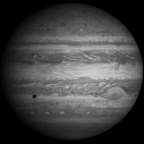 |
| Jupiter: |
| |
| How Big? |
142,984 kilometers (89,365 miles) diameter |
| How Far? |
588 million kilometers (365 million miles) |
| How Old? |
Approximately 4.5 Billion years |
|
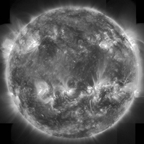 |
| Sun: |
| |
| How Big? |
1.4 Million kilometers (875,000 miles) in diameter |
| How Far? |
150 Million kilometers (93 Million miles) |
| How Old? |
Approximately 4.5 Billion years |
|
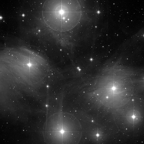 |
| Pleiades Stars: |
| |
| How Big? |
100 Trillion kilometers (60 Trillion miles) across the cluster |
| How Far? |
4000 Trillion kilometers (2400 Trillion miles) |
| How Old? |
Approximately 100 Million years |
|
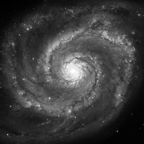 |
| Whirlpool Galaxy: |
| |
| How Big? |
1 Million trillion kilometers (600,000 Trillion miles) across |
| How Far? |
3 × 1020 kilometers (200 Million Trillion miles) |
| How Old? |
10 Billion years |
|
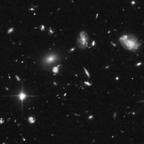 |
| Hubble Galaxies: |
| |
| How Big? |
It takes light approximately 7 million years to go across this field of galaxies. This translates roughly to a size of 6.6 × 1019 kilometers (4.1 × 1019 miles). |
| How Far? |
The galaxies in the Hubble Ultra Deep Field are at a range of distances from us. The average distance is 7.2 × 1022 kilometers (4.5 × 1022 miles). |
| How Old? |
The galaxies in the Hubble Ultra Deep Field have a range of ages from 7 Billion years to approximately 13 Billion years. |
|